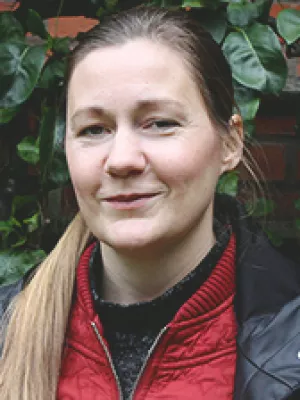
Susanna Johansson
Associate Professor of Social Work | PhD in Sociology of Law

Does Collaboration Include or Exclude? Participatory Aspects of Collaboration between Welfare Agencies when Investigating Suspected Child Abuse
Author
Summary, in English
Department/s
- Department of Sociology of Law
Publishing year
2008
Language
English
Document type
Conference paper
Topic
- Law and Society
Keywords
- child abuse
- inclusion
- exclusion
- participation
- governance
- inter-professional
- integrated services
- consultation
- collaboration
- competing norms
- Children's Advocacy Centers
- sociology of law
- barnahus
Conference name
Law and Justice in the Risk Society, the Research Committee of Sociology of Law, annual meeting.
Conference date
2008-07-09 - 2008-07-12
Conference place
Milan and Como, Italy
Status
Unpublished
Project
- Utvärdering av nationell försöksverksamhet med barnahus
Research group
- Barnahusgruppen

